Molds and Mycotoxins: Inspections and Remediation
Mycotoxins are small molecules produced as secondary metabolites by Toxigenic Fungi. There are 300 to 400 compounds recognized as mycotoxins, many have received attention as human threats, both physical and biohazard. Companion animals are often harbingers of diseases due to fungi and mycotoxins. Fungi produce mycotoxins to destroy their microbial competitors. These mycotoxins are chemicals and are not live organisms. They can withstand excessive temperatures both hot and cold. Most literature attributes Mycotoxicosis (infestation of mycotoxins) to ingestion of contaminated foods but airborne contamination is a problem as well.
Exposure to Toxigenic Mold and Mycotoxins
A human or animal may acquire mycotoxins and mold from eating foods or drinks containing toxins. They can also breathe moldy air in damp indoor areas and get respiratory issues as well as allergies. They can also acquire these toxins through dermal absorption. Other ways of acquiring these toxins and molds are through water intrusion in water damaged buildings. Inspectors can find Black Mold (Stachybotrys) in walls and ceilings and in dust samples from homes and buildings.
Relationship of Mycotoxins and Molds
The following table shows a list of the fungi (molds) and their mycotoxins that they produce:

There are many more but those listed above are the most common mycotoxins found in body fluids (i.e. urine, sputum, and lung fluids).
More information may be obtained through contact with MSCPA medical department by writing to info@mscexpert.com. More information may also be obtained by referring to: www.realtimelab.com. Also information on how information can be used in legal cases can be obtained by writing to info@mscexpert.com and ask for a consultation.





